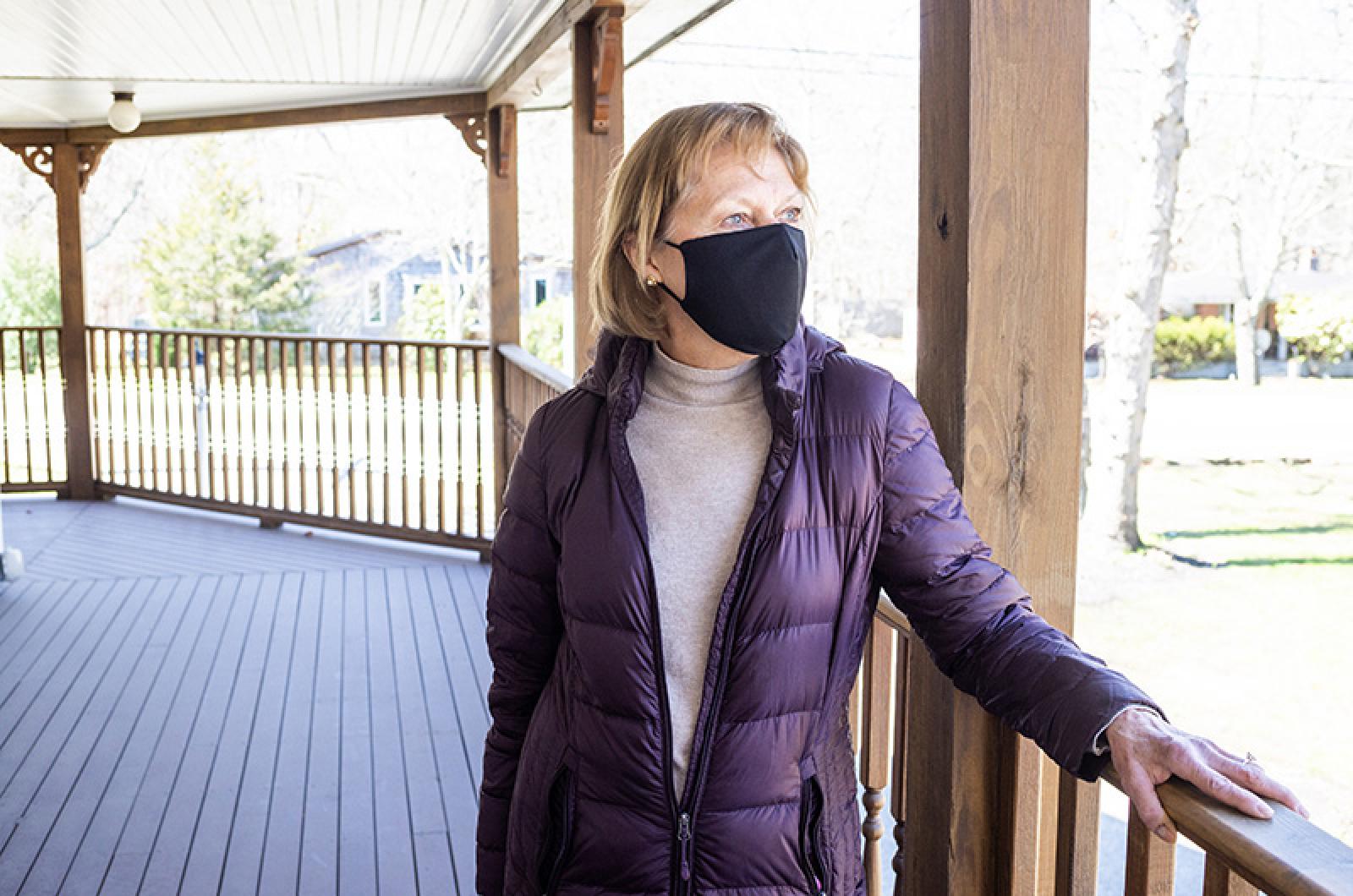At least two children and more than 40 adults were found to be homeless on the Island — more than twice as many people as in 2019 — by Harbor Homes of Martha’s Vineyard last month.
But that’s less than half the true number of the unhoused here, said Harbor Homes executive director Karen Tewhey, who estimated that more than 100 people on the Vineyard have been homeless for each of the past six years.
“Since 2016 . . . we’ve had 100 to 120 referrals each year,” said Ms. Tewhey, who worked on homelessness for Dukes County and with the Martha’s Vineyard Network on Homeless Prevention before founding the Harbor Homes nonprofit in 2019.
“I would say the numbers are going up,” added Ms. Tewhey, who estimated there had been 120 requests for housing assistance in 2022.
A homeless case worker who began working for Harbor Homes last August has already received 77 requests, Ms. Tewhey said.
There are likely more families with children at risk of homelessness, she said, but some parents are reluctant to seek help out of fear they could lose custody.
“They don’t have their own secure housing, [and] they choose to keep a very low profile,” Ms. Tewhey said. “It could have an impact on their families.”
Winter shelter numbers have also increased, from half a dozen people a night to 11 to 12 people, according to a Harbor Homes report on the homeless count.
The recent head count was part of a national effort called the Point in Time count, conducted annually under the ultimate auspices of the U.S. Department of Housing and Urban Development.
“We transmit our numbers over to the Cape and Islands Regional Network on Homeless Prevention and they send a tally in to, I believe, the state,” Ms. Tewhey said. “It is collected nationally.”
Along with the 11 people who sheltered with Harbor Homes on the Martha’s Vineyard Community Services campus, this year’s Point in Time count included another 10 people in the nonprofit’s subsidized group homes, one in Vineyard Haven for men and one in Oak Bluffs for women.
Others were staying in hotels, with funding from the Martha’s Vineyard Hospital and private donors to provide respite for individuals who are vulnerable for medical reasons and families with children who have lost their rental housing.
And for the past two years, Ms. Tewhey said, at least eight people have remained outside the shelter system on the night of the annual count, typically staying in tents or abandoned vehicles.
There are almost definitely more, she said.
“People have contacted us and told us they don’t have housing and they choose not to go to the shelter, and we don’t know where they are for the night,” Ms. Tewhey said.
The annual homeless census also doesn’t account for the many Island workers who have lost their rentals and, finding themselves priced out of remaining on the Vineyard, moved to the mainland, she said.
“There’s an exodus of employees from the Island who . . . were made homeless and had to leave,” Ms. Tewhey said.
“We’ve lost a significant number of people from the workforce because of the housing issue [and] we can’t get replacements . . . at all levels, skilled and unskilled.”






Comments (8)
Comments
Comment policy »